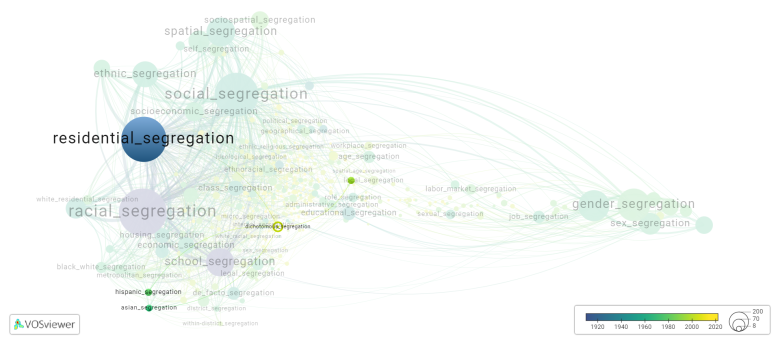Dichotomous segregation
Date and country of first publication[1]
2011
United States
Definition
Dichotomous segregation refers to a form of racial or ethnic segregation that divides a society into two distinct and separate groups based on a single binary categorization. This categorization can be based on characteristics such as race, ethnicity, religion, or nationality.
In a dichotomously segregated society, individuals are classified into one of two exclusive groups, with limited or no mobility between the groups. This segregation can manifest in various ways, including residential segregation, educational segregation, economic segregation, and social segregation.
Dichotomous segregation often leads to unequal access to resources, opportunities, and social privileges for the marginalized group. It can create barriers to upward mobility, reinforce stereotypes, and perpetuate social divisions and inequalities.
Historically, dichotomous segregation has been seen in various contexts, such as apartheid in South Africa, racial segregation in the United States during the Jim Crow era, and caste-based segregation in India. However, its effects can also be observed in contemporary societies around the world. Efforts to address dichotomous segregation often involve policies and initiatives aimed at promoting inclusivity, equal rights, and social integration.
See also
Related segregation forms
Dichotomous segregation is frequently discussed in the literature with the following segregation forms:
This visualization is based on the study The Multidisciplinary Landscape of Segregation Research.
For the complete network of interrelated segregation forms, please refer to:
References
Notes
- ↑ Date and country of first publication as informed by the Scopus database (December 2023).
Dichotomous segregation appears in the following literature
Hao L., Fong E. (2011). Linking dichotomous segregation with multi group segregation: Weighted segregation ratios in selected U.S. metropolitan areas. Social Science Research, 40(1), 379-391. https://doi.org/10.1016/j.ssresearch.2010.05.005

